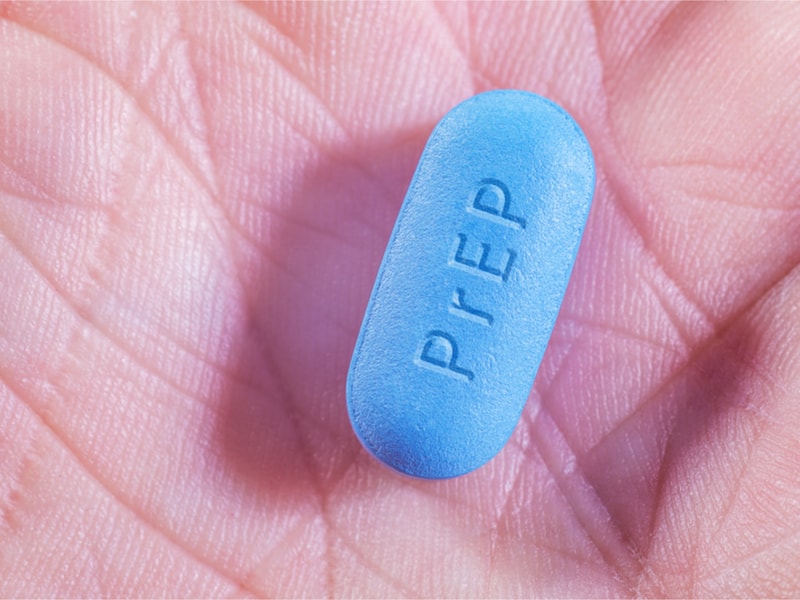
Can I get HIV while on PrEP?
Pre-exposure prophylaxis (PrEP) has transformed HIV prevention by significantly reducing the risk of catching the virus when taken consistently. But, how effective is it?
PrEP lowers the chance of contracting HIV by preventing HIV from entering the body when an individual is exposed to it. According to the CDC, PrEP is 99% effective if taken as prescribed. PrEP is at least 74% among drug injectors. PrEP is essential in the fight against HIV because of this degree of protection, especially for those who are at risk of getting an infection.
Despite its high efficacy, it’s important to understand that PrEP does not provide 100% protection against HIV. There have been rare cases of individuals catching HIV while on PrEP. This may happen due to factors such as missed doses, drug interactions, or exposure to strains of HIV that are resistant to drugs. Additionally, PrEP does not protect against other sexually transmitted infections (STIs).
Therefore, while PrEP significantly reduces the risk of HIV transmission, it’s essential for individuals on PrEP to continue practicing safer sex methods, such as using condoms, and to undergo regular testing for HIV and other STIs. It’s also crucial for healthcare providers to monitor PrEP users regularly to ensure proper adherence and address any concerns or side effects.
In conclusion, while PrEP is highly effective at HIV prevention it is not 100% effective. However, when used as part of a comprehensive HIV prevention strategy that includes regular testing and safer sex practices, PrEP can significantly reduce the risk of HIV transmission and contribute to overall sexual health and well-being.
